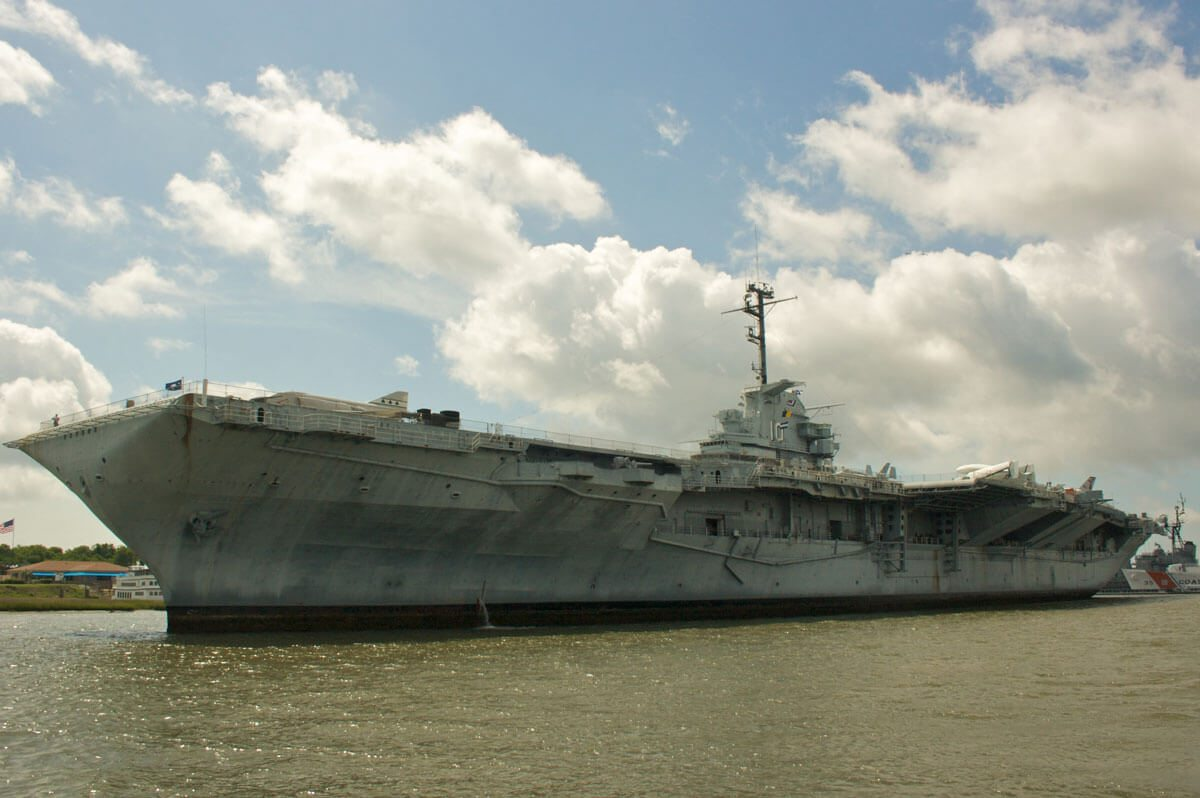
Let’s discuss the apotheosis of naval firepower: the aircraft carrier. Even if you’ve only seen one on television or in a movie, you get that it’s essentially a floating city, filled with aircraft, missiles, and enough gadgetry to make a Bond villain seethe with envy. But how did we transition from rickety wooden flight decks and biplanes to the nuclear-powered, electromagnetic-launching, 100,000-ton behemoths of today? Buckle up, because the story of carriers is as crazy as a catapult launch.

It started with a modest coal boat and a grand vision. In 1922, the U.S. Navy transformed the USS Jupiter, a straightforward collier, into the USS Langley—the country’s first aircraft carrier. A clumsy and slow boat by today’s standards, she revolutionized warfare forever. The Langley was an experiment to determine if airplanes could even be launched from a ship, and it succeeded.

Pilots learned the fundamentals of taking off and landing at sea, and the Navy taught its first generation of carrier pilots. Those early times were chaotic: improvised arresting wires, pilots banging dashboards, and a flight deck that resembled a wooden stage rather than a military instrument. But from that disorder emerged the first landing officers, catapult launches, and the realization that airplanes on the sea could be revolutionary.

By World War II, carriers were the crowning jewels of the Navy. Battleships may have appeared formidable, but carriers such as the USS Enterprise and Yorktown drove the war across the Pacific. The Battle of Midway? Completely carrier-based, with aircraft changing the course of history. At war’s end, the United States had 101 carriers in commission—from great Essex-class behemoths to smaller escort carriers.

The fundamental building blocks—a flat flight deck, arresting cables, catapults—were the same, but the size and sophistication had gone through the roof. Landing officers still directed pilots in using paddles, and the “air boss” controlled operations like a maestro leading a very loud, very rapid orchestra.

Following World War II, the jet era burst onto the scene. Propeller aircraft coexisted with “flying blowtorches,” which is what pilots referred to them as, and carriers needed to evolve quickly. Fuel, landing fences, deck designs—everything needed to change.

The angled deck, a British invention, provided a way for pilots who had lost the wires to go around and have another attempt without colliding with parked aircraft. The USS Antietam was the first American carrier to try it, and before long, all the major carriers sported the signature slant. In came the mirror landing system—also known as the “meatball”—and steam catapults to create the template for current carriers.

Then came nuclear power. No refueling in weeks—or decades. The USS Enterprise, commissioned in 1961, was the first nuclear-powered carrier, with eight reactors. She was pricey, finicky, and larger than life, but she made the concept work. Then the Nimitz-class improved the design, with two reactors, long-term durability, and the capability to launch and recover aircraft continuously anywhere in the world.

The next step? The Gerald R. Ford class. Larger, more intelligent, and more automated than before, these carriers require 500 to 900 fewer sailors than their Nimitz counterparts. They’re packed with 23 new systems, such as the Electromagnetic Aircraft Launch System (EMALS)—a cutting-edge alternative to old steam catapults—and advanced arresting gear that’s kinder to both planes and pilots.

With the power to accommodate future directed-energy weapons, these ships are built to reign supreme for decades. As naval analysts would put it, the Ford-class flight deck can deliver as many as 160 sorties daily, with surges of up to 220 during crises, i.e., more aircraft in the air, more frequently.

A century after Langley’s first tentative takeoff, carriers now launch F-35s, drones, and whatever innovations the future brings, all while cruising the oceans on nuclear power. They remain “cities at sea,” but smarter, faster, and deadlier than ever. From coal-hauler to supercarrier, the story is one of constant invention, stubborn determination, and, yes, a healthy dose of swagger. And the next chapter? That’s the part we’re all waiting to see.
